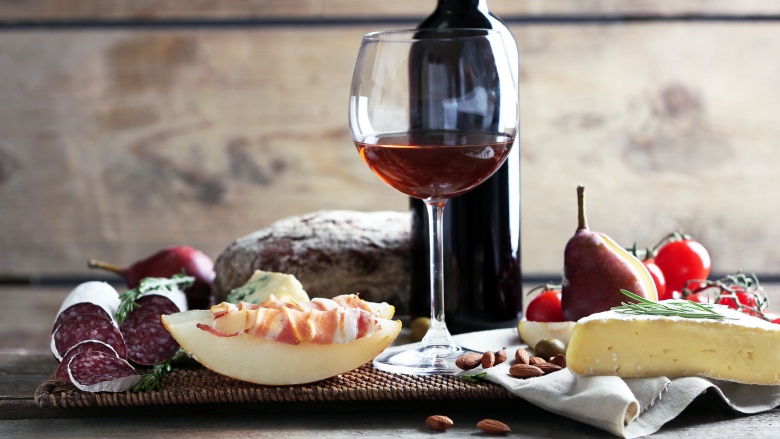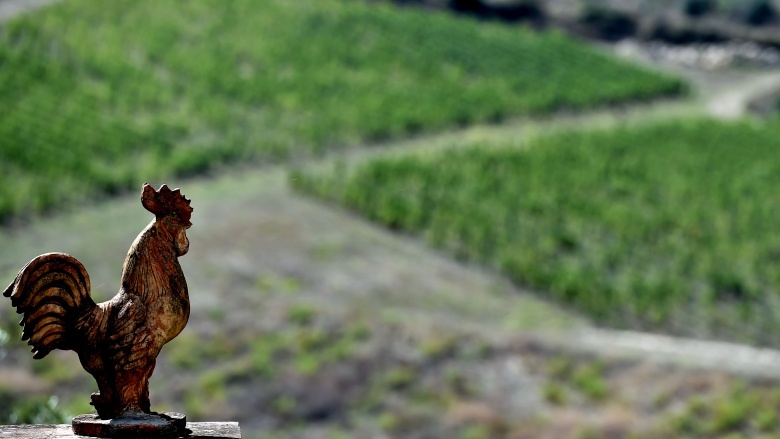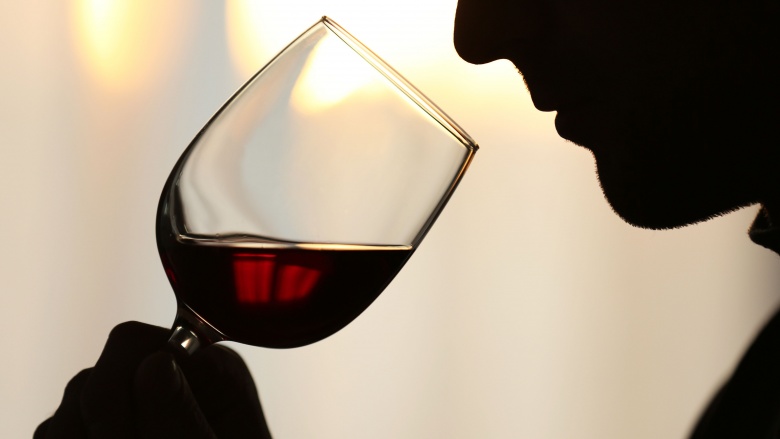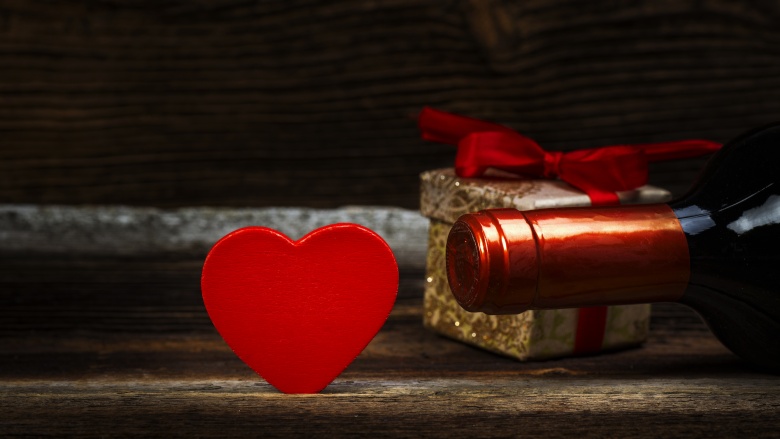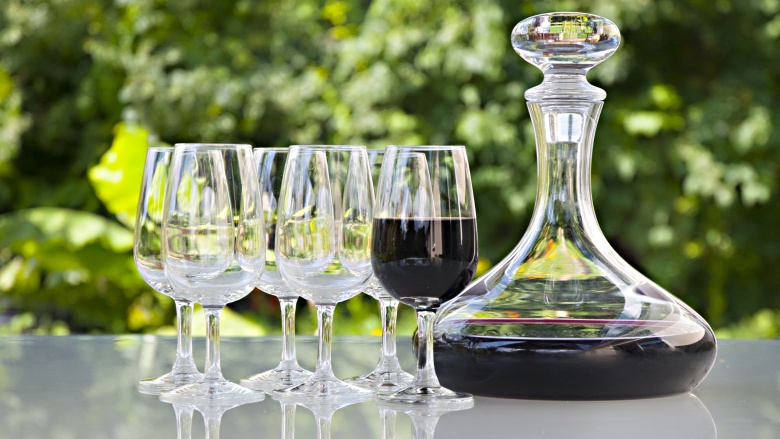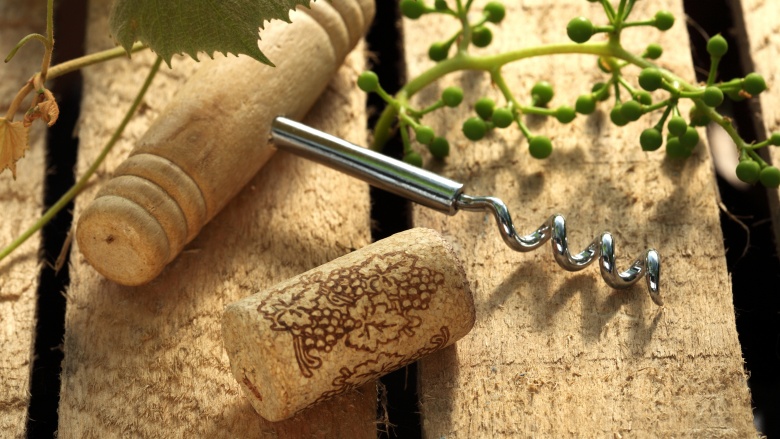The Truth About Wine
As a species, humans have been enjoying wine since Neolithic times. The process of making and partaking in wine has changed quite a bit since our ancient ancestors took their first drink of fermented fruit juice. Today, the wine trade forms a vast network of industry that stretches to almost every corner of the globe. With so much hype and hyperbole to sift through, we wanted to get to the bottom of it all and discover some of the truths about wine.
The science of pairing
It's the golden rule of serving any wine with dinner, and everyone knows that red wine goes with red meat while white wine goes with fish. This oft-repeated mantra is only somewhat true, and it turns out there's some science behind why and when it works.
That science has less to do with what tastes good and more to do with what tastes bad. It was only in 2009 that the American Chemical Society took a look at why this hard and fast rule for wine pairings has stayed around for so long. They asked volunteers to try various types of wine with seafood. There was one constant across the board, and that was with red wines high in iron content. When those were paired with seafood, the diners reported experiencing an overwhelming fishy aftertaste that lingered ... and lingered and then lingered some more. It didn't matter what type of wine was used, and regardless of age or origin, it was the iron that conflicted with the taste of the fish.
Red wines with a low iron content didn't cause the same abhorrent aftertaste, leading to the conclusion that in some cases, the rule can be broken without ruining your evening.
What the heck is terroir?
There are a lot of buzzwords thrown about when it comes to wine, and one that's been cropping up a lot lately is "terroir." A French word based in the Latin "terre," terroir refers to all the environmental factors that go into the production of the grapes that are eventually used in winemaking.
Technically, the word doesn't refer to anything involved in the actual winemaking process, only what impacts the growth of the grapes. In 1935, the appellation "d'origine controlee" was formed in France as a way of categorizing which regions of the world produced the highest-quality grapes. The American offshoot of the organization is the American Viticultural Areas, but it's nothing to be intimidated by, largely because no one is really sure exactly what makes a good terroir.
Scientists are still weighing in on what all the elements of terroir (soil content, minerals, and all the aspects of climate) mean for grape production and the final product. For example, a single species of grape planted in different climates will yield wines that taste different, but the wide range of ever-changing environmental conditions mean there are no absolutes when it comes to the best types of terroir. It's pretty impossible to nail down, and just about everyone has a different opinion.
What gives each wine its taste?
While grapes are a huge part of what makes wine unique (and tasty), science says that there's more to it than that. Terroir is a part of what creates a wine's taste, but another part of it is the microbes found in each batch.
These microbes come from a variety of places, from whatever yeast is used to kick-start fermentation to any fungi that might be present in the grapes. Wine producers must also consider tiny, tiny details like the bacteria present in the soil used to grow the grapes, and researchers have found that even minor differences in the genetic material of this soil bacteria results in changes in the final product.
And that all means when it comes to winemaking, consistency is key from start to finish.
The health benefits of wine
One of the universal truths touted by wine lovers around the world is the idea that red wine is good for your heart. Fortunately, science has confirmed that there's something to this one but, like all good news, it's a bit more complicated than that.
Red wine contains a chemical called resveratrol, and the results of tests done with mice suggest this is the component of wine you can thank for preventing blood clots, protecting your blood vessels, and even helping reduce the amount of bad cholesterol in your system. It's worth noting, however, that those tests were done on mice, and regardless of how well you believe wine and cheese go together, you are not a mouse. You are a human.
Resveratrol is found in the skin of red grapes, and it's possible to get the same benefits by just eating the grapes. It's also in things like peanuts and blueberries, so many doctors are hesitant to recommend a nightly glass of wine as a dietary supplement. Of course, just like any other type of alcohol, drinking too much wine can have a bit of an effect on your body. It can also be habit-forming, and if you drink more than a glass or two a day, you're already undoing any benefits you might have gained from the resveratrol. There's nothing wrong with drinking it for the health benefits, but it's not a magic elixir.
The myth of the wine connoisseur
There's an inherent mystique about wine that all consumers have been groomed to accept. We've all heard wine "connoisseurs" or "experts" go on about things like the flavor and body of a wine. That can sometimes leave us ordinary folks feeling like we're in the dark about what makes a really good wine.
The truth is that it's absolute bunk.
A study done by Frederic Brochet from the University of Bordeaux asked a series of wine experts to describe, in detail, two bottles of wine — one white and one red. The bottles actually contained the same wine (one was just dyed red), and not one of the 54 test subjects picked up on the deception. Another study done by Cal Tech (involving expensive wines with cheap price tags, and vice versa) got similar results. Even further studies found that our environment and the presentation of the wine had the most impact on our opinions. Ask someone to describe what's advertised as a $10 bottle of wine and ask them to do the same of a $120 bottle, and you're likely to get two entirely different answers, regardless of what's actually in the bottle.
So what does that all mean? The idea of a wine expert is built largely on subjective ideas, and those ideas are going to differ from person to person. If that $10 bottle or $3 bottle tastes good to you, you keep enjoying it. And feel free to remove the price tag and tell your friends you splurged on this one. They'll probably love it because they think they should.
Why Napa Valley wines are world-renowned
Even if you don't know much about the major wine-producing areas of the world, most of us know that Napa Valley is among the best. Why?
It all has to do with earthquakes. Napa Valley sits at the intersection of the North American plate and the Farallon. About 30 million years ago, the Farallon plate started moving under the North American one, and it created the San Andreas Fault. It also scraped off a massive amount of mineral-rich soil and deposited it in what's now Napa Valley, nestling an incredibly fertile valley in a highly volatile region. That volatility is helping to keep Napa Valley going. All the earthquakes that happened afterward continued to add variety to the soil, and the process is still going on. The mix of soil, sediment, and climate resulted in 14 different viticultural areas, meaning the entire valley is covered with a soil that's perfect for a huge number of different types of grape. Those grapes don't just grow there, they thrive.
Decant or not?
The process of decanting a wine before drinking it can be a highly ceremonial one. The wine is poured into another clear container and left to sit (or breathe) before it is enjoyed. The oft-repeated idea is that it improves the wine's flavor, but the truth is a little trickier.
Wine always interacts with its surroundings. Leave it alone and exposed long enough, and you'll get vinegar. Letting it sit in a decanter for a bit might speed up the process enough to change the taste of the wine slightly, but depending on your personal preferences, the change might not even be for the better!
Winemaking processes have changed in the decades since decanting was a common practice. Today's wines have been improved to the point where the vaguely sulfuric smells that decanting was designed to get rid of don't exist anymore. What does exist in some of today's wines is sediment, and while decanting can help wine purify and settle, doing it is entirely up to personal preference. Another thing that is entirely a matter of personal preference is how you decant your wine. Don't have time to sit around and wait for your wine to breathe? Put it in a blender.
The science behind the wine bath
It turns out that not everyone thinks the only way to reap the benefits of red wine is to drink it. Vinotherapy, bathing in wine, is a practice that took off in the 1990s. Proponents swear that taking a long, relaxing, and oftentimes expensive soak in gallons of red wine lets the antioxidants in the wine repair skin damage. It would also presumably keep you well away from the possibility of a hangover, although it would have to be hard to resist taking a few sips, at least to begin with.
The science behind vinotherapy is somewhat complicated, but it's all based on the idea that the same antioxidants that keep wine from spoiling will help preserve our own tissue health. The problem with wine baths is that the antioxidants in wine, called phenolic compounds, are of a variety that can't penetrate our skin. Also, antioxidants react with oxygen, so the longer wine is exposed to air, the less of the valuable healing agent it contains. The final truth? Just stick with your lotion.
What causes wine to go bad?
There are few things more frustrating than spending all day looking forward to relaxing at home with a nice glass of wine, only to get home, pop the cork, and find that you're rewarded with the smell of moldy old books instead of the fruity goodness you were expecting. What's the deal?
It's called "cork taint," and it happens when a natural cork stopper contains a chemical called 2,4,6-trichloroanisole, or TCA. (TCA can also come from contaminated wine barrels, although that's less common.) The smell of a tainted bottle can be described in a handful of ways, and none of them are the least bit appealing. Moldy books, wet newspaper, the mildew on a wool blanket, a basement weeks after the flood waters have receded ... no one wants to drink any of these things.
TCA has been around for as long as we've been producing wine, but the cause of the wine funk was only discovered in the 1990s. And it wasn't until 2013 that researchers from Osaka University found that TCA doesn't actually change the smell of the wine. The chemical represses one of our major olfactory receptors. In turn, our brains interpret this information as a bad, moldy, wet smell. That means the wine doesn't actually smell bad! Our brains just get mildly confused on how to interpret the absence of the smell we're expecting and substitute the smell of wet dog for it instead.

